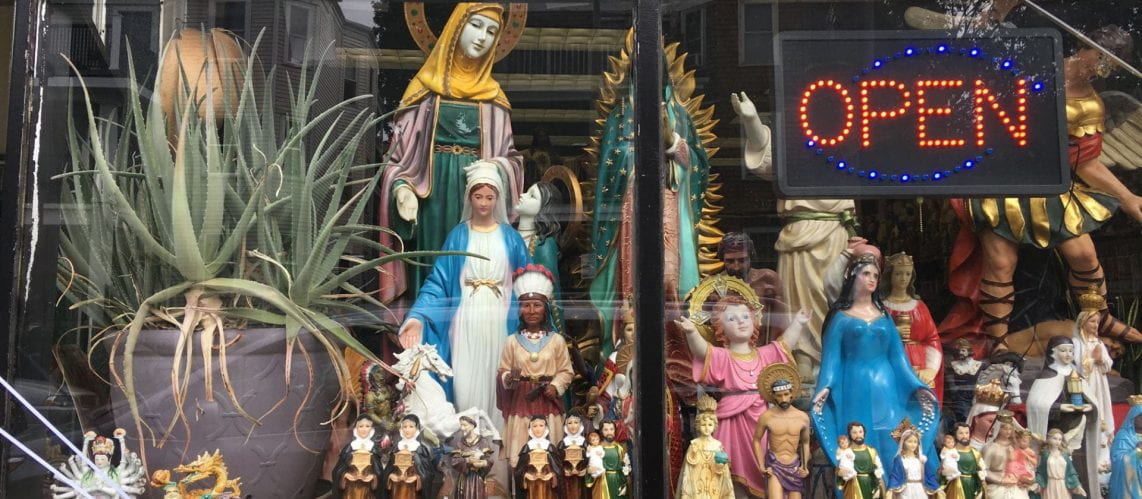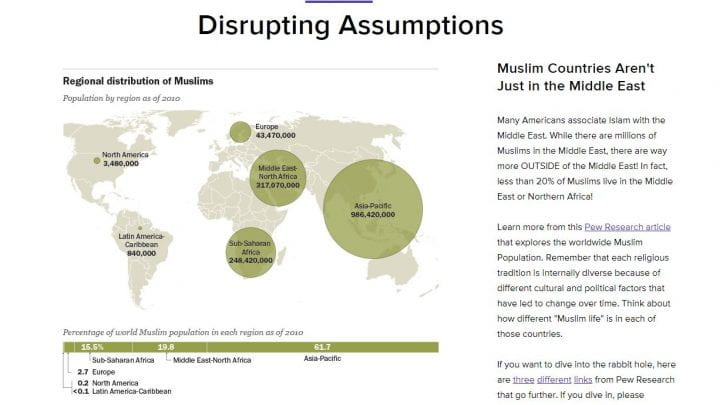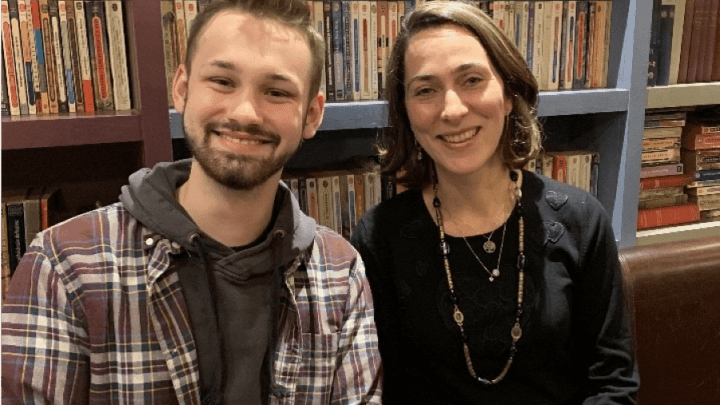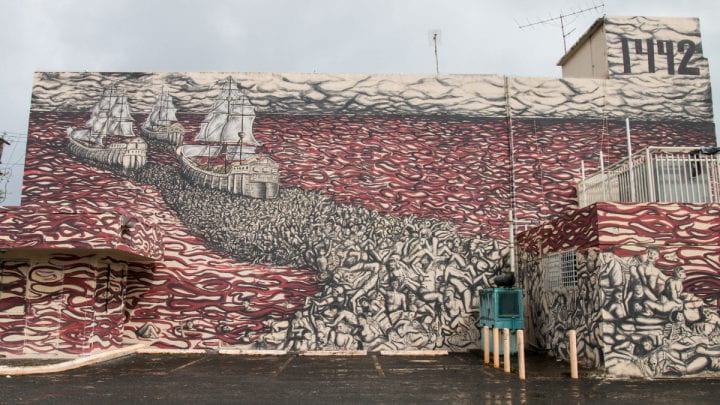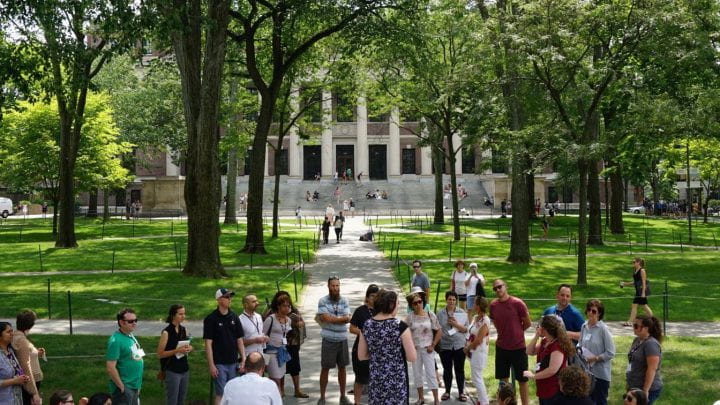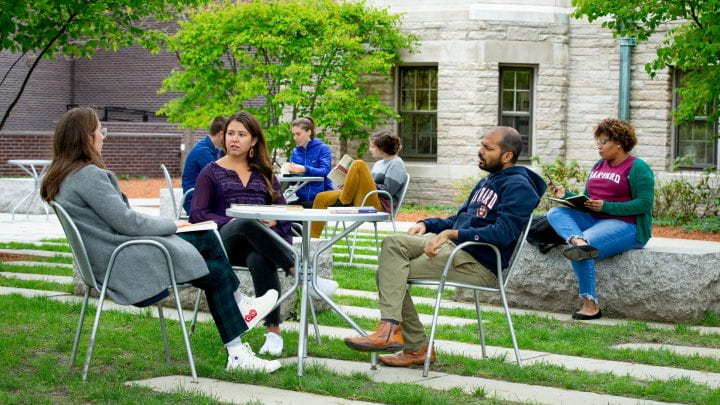
Nondevotional Conversations in the Classroom
By Lauren R. Kerby
At the Religious Literacy Project, a fundamental component of how we teach about religion is what we call the nondevotional approach. For many people, this is a new way of talking about religion. Unless you’ve taken a religious studies class, you may have never been asked to observe and discuss religion in this way. And it can be confusing! But one thing that can help is to focus on what kind of conversation you want to have.
